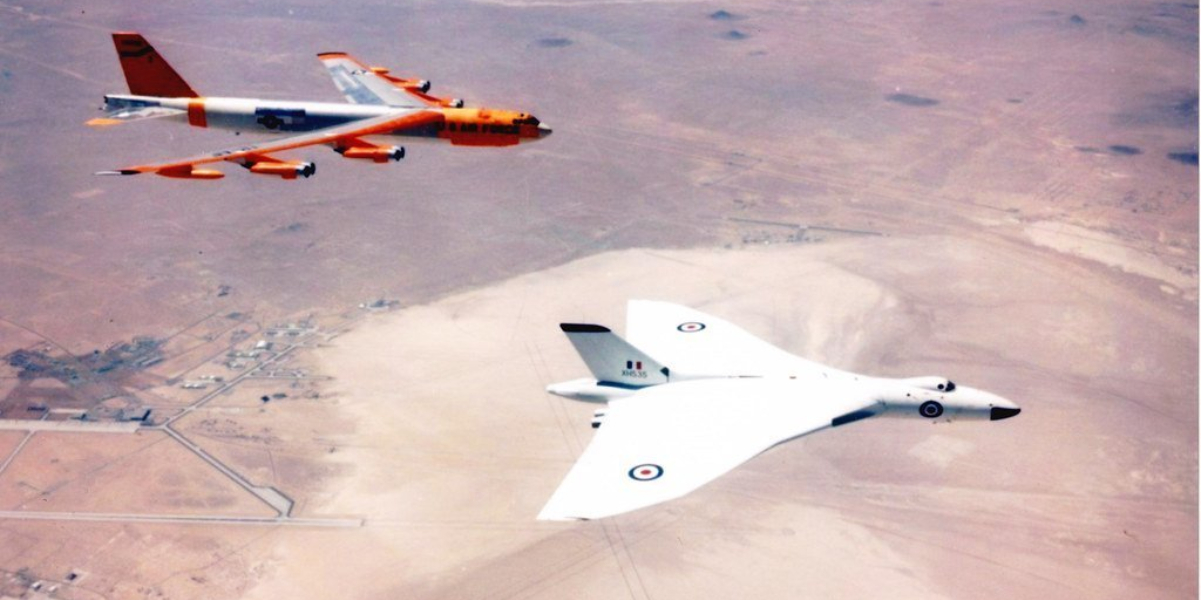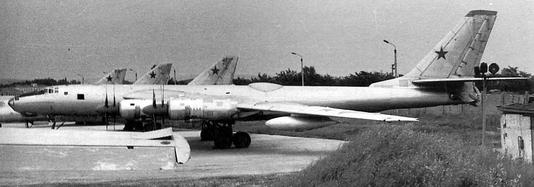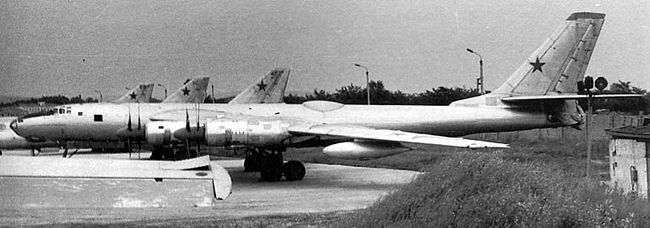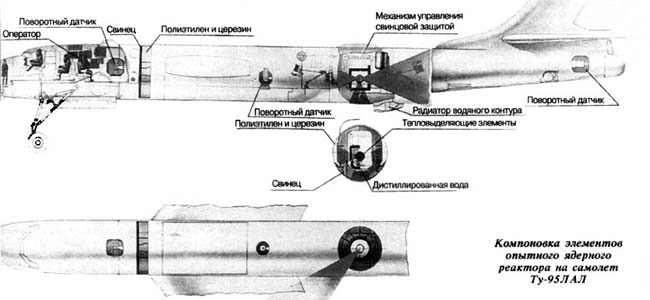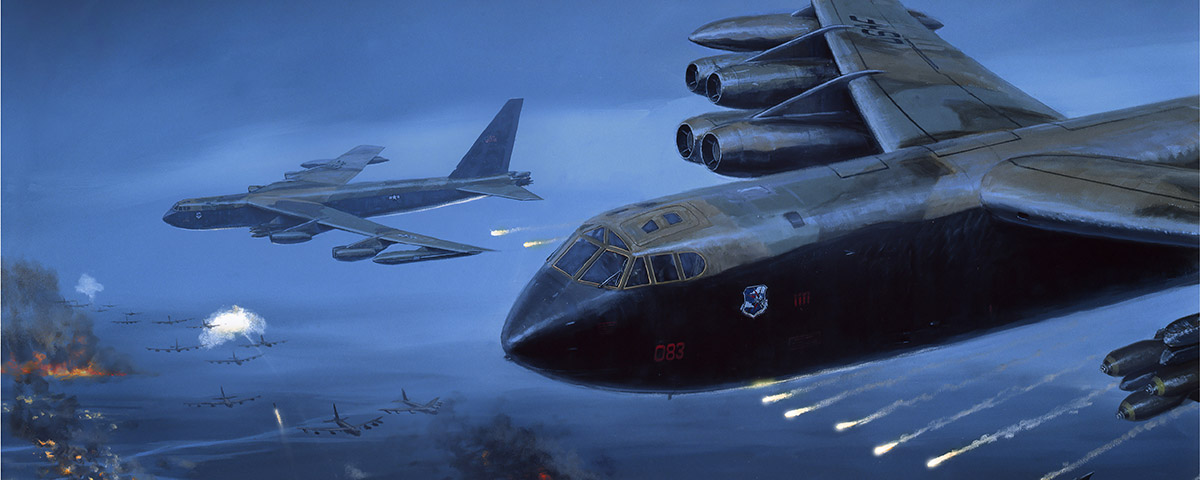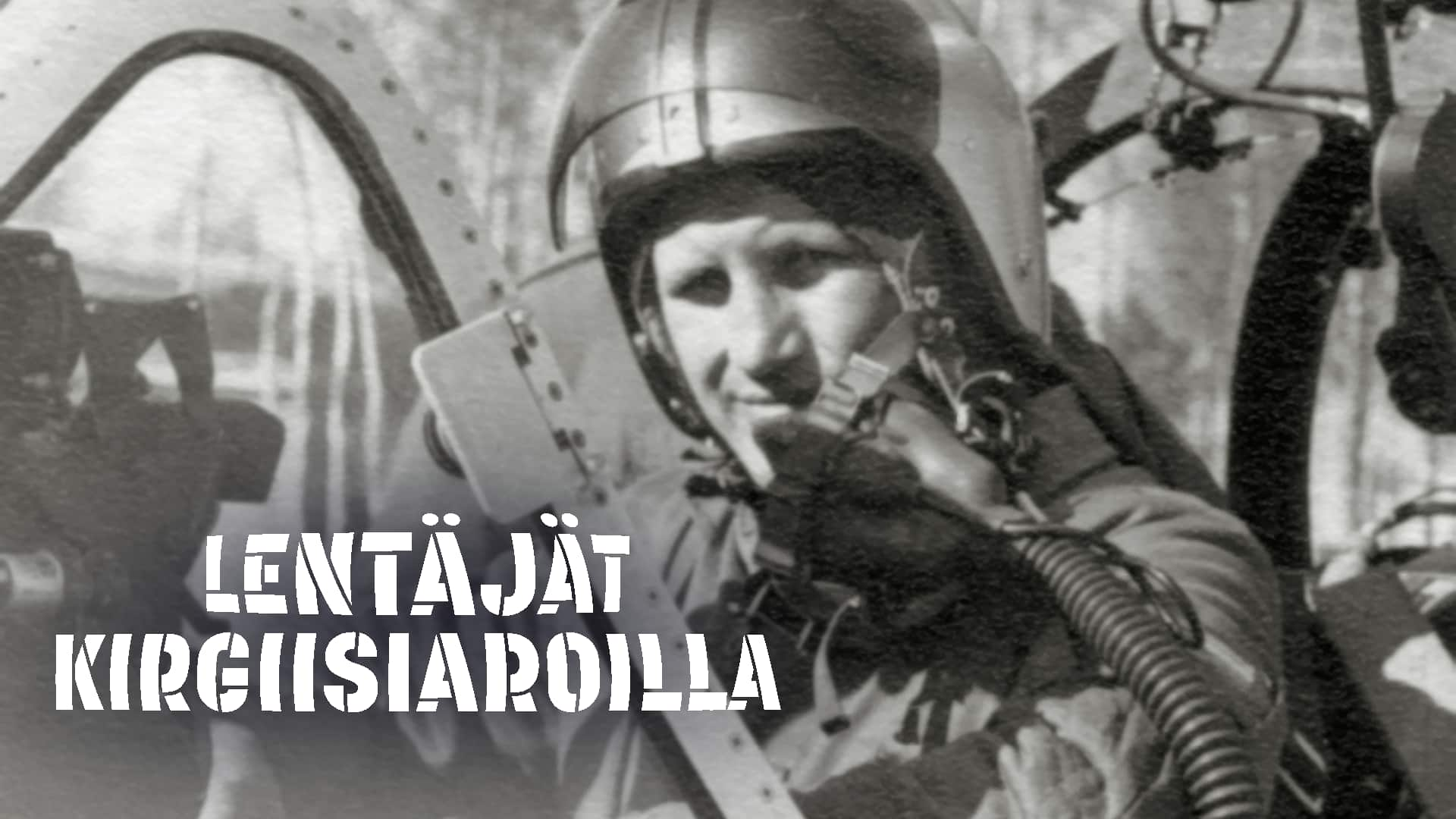Tuossa mainittiinkin Ju-290:n versio joka olisi ollut se varsinainen "Fuehrermachine".Diktaattorien lentokoneet ja lentäminen toisen maailmanpalon aikana ja osaksi hieman sen jälkeen.
On 26 November 1943, Ju 290 A-5, no. 0170, along with many other new aircraft and prototypes, was shown to Adolf Hitler at Insterburg, East Prussia. Hitler was impressed by its potential and told Goering that he wanted a Ju 290 for his personal use. A Ju 290 was not however assigned to theFliegerstaffel des Fuehrers (FdF) until late 1944, when an A-7, works number 0192, was supplied, which had formerly assigned to the maritime reconnaissance unit FAGr 5 (Fernaufklärungsgruppe 5). Modifications were completed by February 1945 at the FdF's base at Pocking, Bavaria, a Stammkennzeichen alphabetic designation code of KR+LW being applied. Hitler's pilot, Hans Baur, tested the aircraft, but Hitler never flew in it.
The aircraft was fitted with a special passenger compartment in the front of the aircraft for Hitler, which was protected by 12 mm (.5 in) armour plate and 50 mm (2 in) bulletproof glass. A special escape hatch was fitted in the floor and a parachute was built into Hitler's seat; in an emergency it was intended that he would put on the parachute, pull a lever to open the hatch, and roll out through the opening. This arrangement was tested using life-size mannequins.
Hans Baur flew the aircraft to Munich-Riem airport on 24 March 1945, landing just as an air-raid alert was sounded. Parking the plane in a hangar, he went to his home. Upon returning to the airport, he discovered that both the hangar and the aircraft had been destroyed by U.S. bombers.
Myöskin Molotovin käyttämä Pe-8/TB-7 mainittiin mutta ei kerrottu sitä että Molotov kävi sillä sekä Englannissa että USA:ssa 1942.
Kone oli ihan vakioversio. Molotovilla oli koneesta englannissa poistuessaan lentäjien raskaat lentokamppeet koska kone oli paineistamaton ja lämmittämätön.

